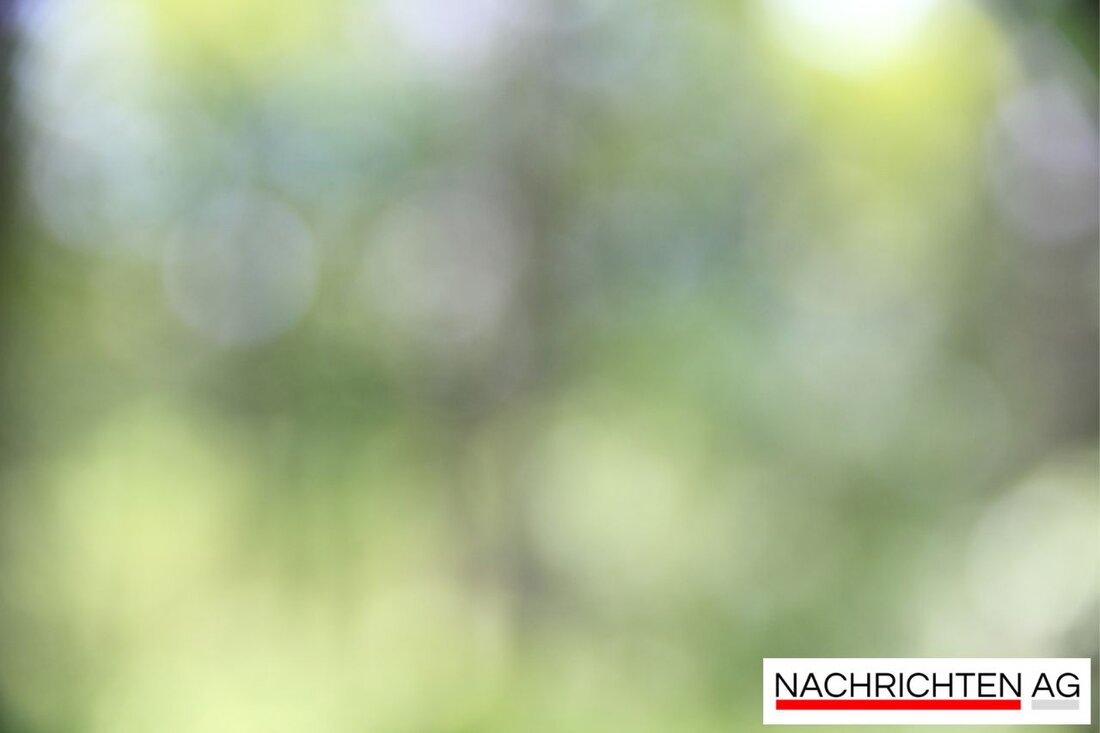Nutrias in Mecklenburg-Western Pomerania: Danger for people and nature!
Nutrias in Mecklenburg-Western Pomerania: Danger for people and nature!
In Mecklenburg-Western Pomerania, the growing population of Nutrias, also known as water rats or swamp beaver, ensures excitement. These animals, originally bred in farms as fur suppliers, are increasingly spreading in the region. As reported stern.de, the number of nutrias kept in recent years has increased drastically-from only 143 before a decade at over 4,000 in the current hunting season. A study by the Ministry of the Environment has already documented 348 finds by 2023, which corresponds to an increase of around 60 since 2018 The district of Ludwigslust-Parchim is particularly affected, where impressive 2,868 animals were killed. A large number was also registered in the Northwest Mecklenburg district with 934 nutrias. In contrast, the hunting numbers in Rostock and in the district of Vorpommern-Rügen are worryingly low-no nutrias have been shot since the opening of the 2017 hunting season, possibly due to the inappropriate hunting area structure.
hidden dangers and damage
The quick increase in these animals not only puts their own population in danger, but also the safety of people and infrastructure. Nutrias ditch under embankments, dikes and insulation, which can not only result in injuries caused by falling vehicles and people, but also brings critical dike breaks and thus a significant risk to the stability of water structures. According to [ndr.de] (https://www.ndr.de/nachrichten/mecklenburg-vorpommern/nutrias-breiten-sich-in-mecklenburg-vorpommern-aus, Kurzmandmv14908.html) is therefore urgently required to avoid further damage.
hunters in the region have already received “rolling bonuses” for killed animals, which increases the incentive for hunting. The nutrias have increasingly become the subject of the discussion about invasive types in Germany, as explained in an article by [nationalgeographic.de] (https://www.nationalgeographic.de/tiere/2022/der-streit-invasive-arten-in-Deutschland/). This discussion also includes the question of the best way to deal with those species that cause damage in the domestic ecosystems. The German Hunting Association (DJV) underlines the importance of the breakdown of Nutriapopulation in order to counteract the danger to the domestic fauna.
challenges of wildlife management
The Nutria, which was introduced to Germany between 1890 and 1920, threatens the bank's vegetation by its grave habits and puts the domestic biological diversity in danger. As part of a further wildlife management, NABU Germany calls for an approach that prioritizes non-hunting methods in order to deal with the challenges of invasive species. Birte Brechlin, a representative of the NABU, emphasizes that the causes of the growth of such populations must be tackled. Currently over 1,000 non -regional animal species meet German soils, with around 300 of them that are already considered established.
The topic of Nutria goes far beyond the mere number of animals that have been kept. It refers to major challenges in dealing with invasive species, the negative effects of which may not be ignored on local ecosystems. Active and responsible management is essential to protect the balance between humans, nature and the numerous species that live on our soil.
| Details | |
|---|---|
| Ort | Ludwigslust-Parchim, Deutschland |
| Quellen | |


Kommentare (0)